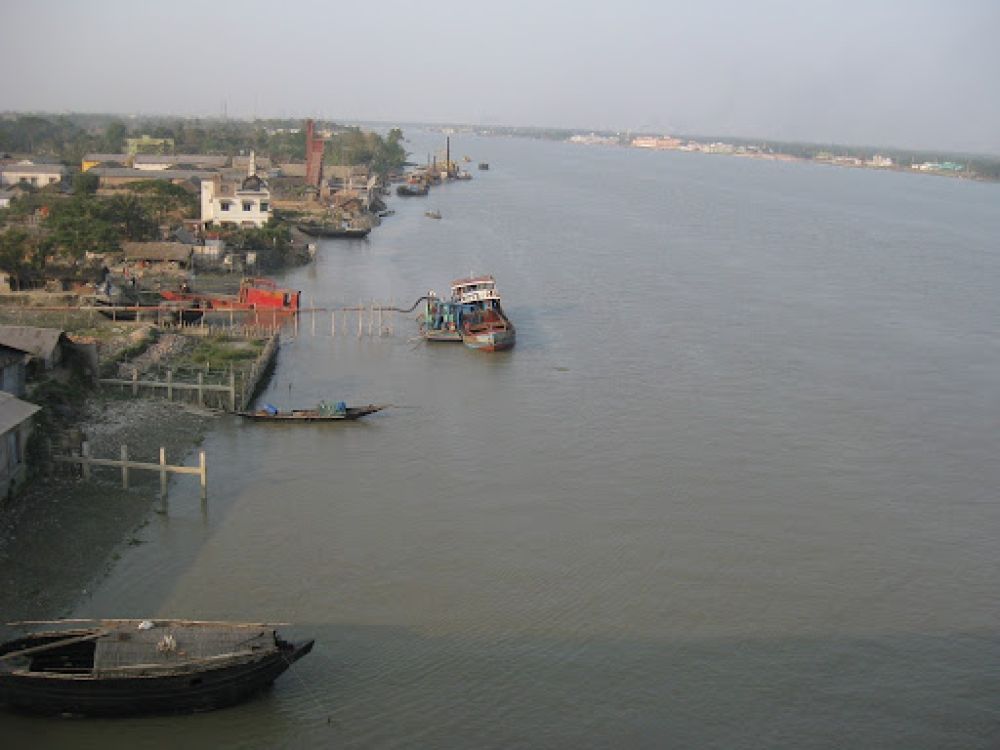

The Rupsha River, flowing through the heart of Khulna, has long been a lifeline for the people of Bangladesh, not just economically but also culturally. Although tourism on the Rupsha River is a relatively recent development, the river itself has always been an integral part of the region's identity.
Khulna's history as a tourist destination began to take shape with the recognition of the nearby Sundarbans mangrove forest, a UNESCO World Heritage site. The Rupsha River served as an important transit point for travelers seeking to explore the natural wonders of the Sundarbans. As such, while the primary reason tourists visited the region was the forest, the Rupsha River added to the charm and allure of their journey.
In recent years, tourism along the Rupsha River has begun to flourish in its own right. This is due in part to the community's recognition of local heritage and the scenic beauty of the river. River cruises and boat rides offer visitors a chance to experience the rich biodiversity and serene landscape of the region, and this has become an increasingly popular tourist activity. Local operators have expanded their offerings, adding to the appeal of the area.
The Government of Bangladesh, along with private stakeholders, has made significant investments in developing tourism infrastructure around the Rupsha River. Enhanced transportation links, better lodging facilities, and the promotion of eco-friendly tours have all contributed to a more accessible and sustainable tourism environment in the area.
Understanding the importance of sustainable tourism practices, community involvement initiatives have also sprung up alongside the riverbanks. These range from cultural performances for visitors to community-run restaurants serving local delicacies, which provide travelers with a richer, more authentic experience. The community benefits from the tourism revenue, which helps in preserving both their way of life and the natural environment of the Rupsha River.
The latest trend in the tourism sector in Khulna revolves around sustainable and responsible tourism. Tourists are increasingly drawn towards experiences that are environmentally friendly and offer a chance for cultural exchange without the heavy footprint. Activities such as bird watching, photography tours, and cultural festivals on the banks of the Rupsha River are helping to attract a niche but growing group of socially conscious travelers.
The Rupsha River tourism scene is still evolving. With its history intertwined in the economic, cultural, and natural fabric of Bangladesh, the river's role as a tourist destination looks set to continue to grow, offering new opportunities and experiences for both visitors and residents alike.